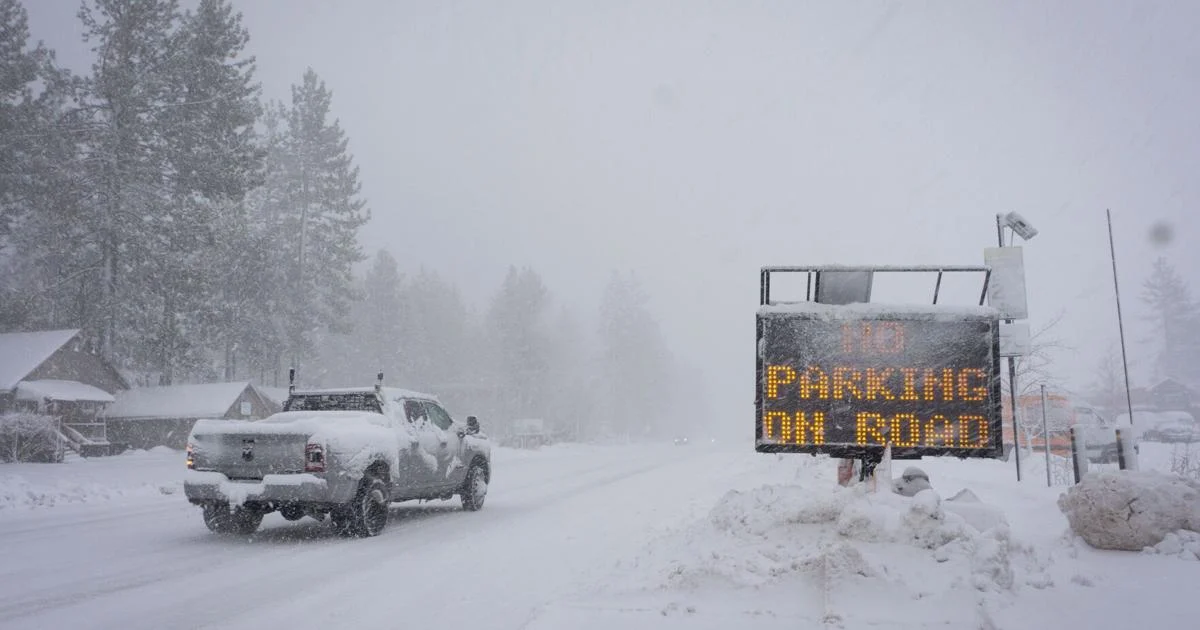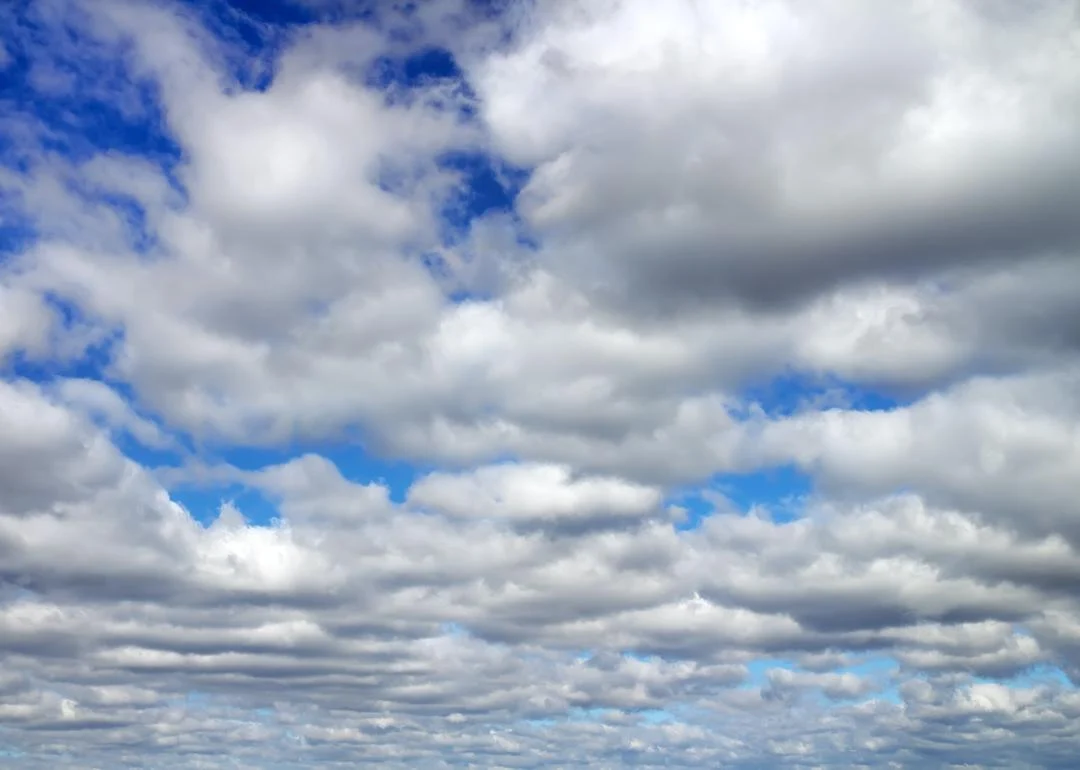As winter tightens its icy grip across the United States, meteorologists are raising alarms about a significant snowstorm that could cause widespread disruption. Winter weather warnings have been issued in 19 states spanning the West, Midwest, and parts of the Northeast. This weekend, areas are bracing for up to three feet of snow, coupled with powerful winds and heightened avalanche risks in mountainous regions. The massive storm is poised to impact millions, with its effects ranging from hazardous travel conditions to power outages and potential property damage.
Here’s a comprehensive look at the forecast, areas of concern, and tips for staying safe during this severe winter weather event.
A Mammoth Winter Storm Unfolds
The National Weather Service (NWS) has described this system as one of the most impactful winter storms of the season. A powerful low-pressure system developing over the western United States is driving the storm, pulling in moisture from the Pacific Ocean and delivering it as heavy snowfall across elevated regions. The storm’s reach is vast, with warnings and advisories stretching from California to Maine, covering nearly two-thirds of the country.
Key Areas Affected
- Western States:
In the Sierra Nevada and Cascades, heavy snow accumulation is expected to create dangerous conditions. Ski resorts in Lake Tahoe and Mammoth Mountain could receive over three feet of snow by Sunday night. Lower elevations may see a mix of snow, rain, and freezing rain, creating slippery roads and black ice. - Rocky Mountain Region:
Colorado, Utah, and Wyoming are also in the storm’s path, with blizzard warnings in effect for some areas. High-altitude passes are expected to be particularly treacherous, with near-zero visibility and drifting snow. - Plains and Midwest:
States like Nebraska, South Dakota, and Minnesota are bracing for a mix of snow and freezing rain. This could lead to icy roadways, snarling traffic, and widespread flight cancellations at major hubs. - Northeast:
By late Sunday, the storm is projected to move into the Northeast, bringing heavy snowfall to parts of New York, Vermont, and New Hampshire. Coastal regions may experience a wintry mix and strong winds, with potential for coastal flooding.
Avalanche Risks on the Rise
In addition to heavy snowfall, the storm is raising avalanche risks in mountainous regions. The combination of fresh snow atop weaker layers from earlier storms creates an unstable snowpack, particularly in the Rockies and Sierra Nevada. Avalanche warning centers have urged skiers, snowboarders, and backcountry adventurers to exercise extreme caution and avoid risky terrain.
The Colorado Avalanche Information Center (CAIC) has reported “considerable” avalanche danger across the state’s backcountry. “We’re expecting natural avalanches to occur in certain areas this weekend, and human-triggered slides are highly likely,” the CAIC warned. This underscores the importance of heeding weather warnings and staying away from high-risk zones.
Power Outages and Travel Disruptions Loom
The storm’s intensity is likely to strain infrastructure, causing widespread disruptions. Strong winds, combined with heavy snow, are expected to bring down tree limbs and power lines, leading to outages in affected areas. Utility companies are mobilizing crews in anticipation of power restoration needs, but prolonged outages could leave residents without heating in frigid conditions.
Travel disruptions are also a major concern. Airlines have already issued travel waivers for passengers flying through affected regions. Snow-covered highways and low visibility could make driving nearly impossible in some areas. The Federal Highway Administration has urged motorists to delay non-essential travel, warning that conditions will be “extremely hazardous.”
Air Travel
Major airports, including Denver International, Salt Lake City, and Chicago O’Hare, are bracing for significant delays and cancellations. Travelers are advised to check their flight status before heading to the airport and consider rebooking if possible.
Road Travel
Interstate highways like I-80, I-70, and I-25 are likely to experience closures in certain segments due to snow accumulation and accidents. State departments of transportation are deploying plows and salt trucks, but officials caution that extreme conditions may outpace their ability to keep roads clear.
How to Stay Safe During Severe Winter Weather
With this storm presenting multiple hazards, preparation is key to staying safe. Here are some essential tips for handling the winter weather:
For Those at Home
- Stock up on essentials: Ensure you have enough food, water, and medications to last several days. Don’t forget pet supplies if you have animals.
- Prepare for power outages: Have flashlights, batteries, and a backup power source ready. Charge electronic devices and consider investing in a portable generator if you’re in an area prone to outages.
- Insulate your home: Seal drafts around windows and doors to keep heat inside. If you lose power, use blankets and layers to conserve body heat.
For Drivers
- Avoid unnecessary travel: If you must drive, check road conditions beforehand and allow extra time.
- Carry an emergency kit: Include blankets, a flashlight, water, snacks, a first-aid kit, and a shovel.
- Slow down and increase following distance: Icy roads require longer stopping distances, so drive cautiously.
For Outdoor Enthusiasts
- Check avalanche forecasts: Avoid venturing into areas with high avalanche risk, and always carry appropriate safety gear, including a beacon, probe, and shovel.
- Inform someone of your plans: Let a friend or family member know where you’re going and when you plan to return.
Climate Change and Extreme Winter Weather
While winter storms are a natural occurrence, the intensity and frequency of extreme weather events have sparked discussions about the role of climate change. Warmer ocean temperatures contribute to more moisture in the atmosphere, which can lead to heavier snowfall during winter storms. Additionally, shifting jet stream patterns, influenced by a warming Arctic, may result in prolonged and severe weather systems.
The current storm is a stark reminder of the unpredictable nature of winter weather in a changing climate. It underscores the importance of investing in infrastructure resilience and emergency preparedness to adapt to these growing challenges.
Looking Ahead
As the weekend progresses, officials will continue to monitor the storm’s development and issue updates. Residents in affected areas are urged to stay informed through trusted sources such as the National Weather Service, local news outlets, and emergency management agencies.
Despite its disruptive potential, the storm also offers a silver lining for ski resorts and water reservoirs in drought-stricken areas of the West. Heavy snowfall in mountain regions could boost the snowpack, providing essential water resources for the months ahead.
For now, the focus remains on safety and preparedness as millions across 19 states brace for what could be a weekend of significant challenges. From snow-covered roads to avalanche risks, the storm is a powerful reminder of the strength and unpredictability of winter weather.
Stay safe, stay warm, and stay informed. The next few days will be crucial for navigating the impacts of this major winter storm.




